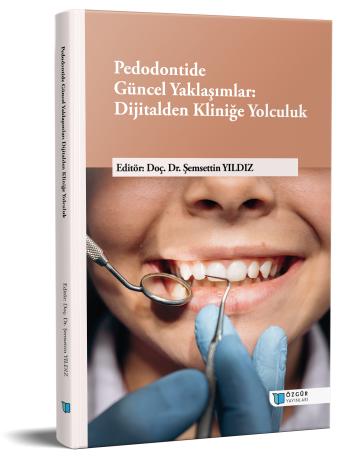
Contact Area Classification in Primary Teeth: OXIS
Chapter from the book:
Yıldız,
Ş.
(ed.)
2025.
Current Perspectives in Pediatric Dentistry: From Digital Transformation to Clinical Application.
Synopsis
This chapter discusses how the localisation and depth of caries lesions vary according to the time of eruption, the position of the teeth in the mouth and the type of contact with neighbouring teeth. It is explained how occlusal and aproximal caries differentiate over time, especially in deciduous molars. The contact of teeth with neighbouring teeth after occlusion increases the risk of caries formation in aproximal areas. In this context, understanding the diversity of contact between deciduous teeth plays a critical role in the early diagnosis and prevention of caries.
The chapter introduces the OXIS classification developed to categorise the types of contact between deciduous molars. This classification includes four main contact types: “O” (open contact), “X” (point contact), “I” (straight contact) and “S” (curved contact). The OXIS classification is presented as an important tool for assessing caries risk in both clinical observations and epidemiological studies.

